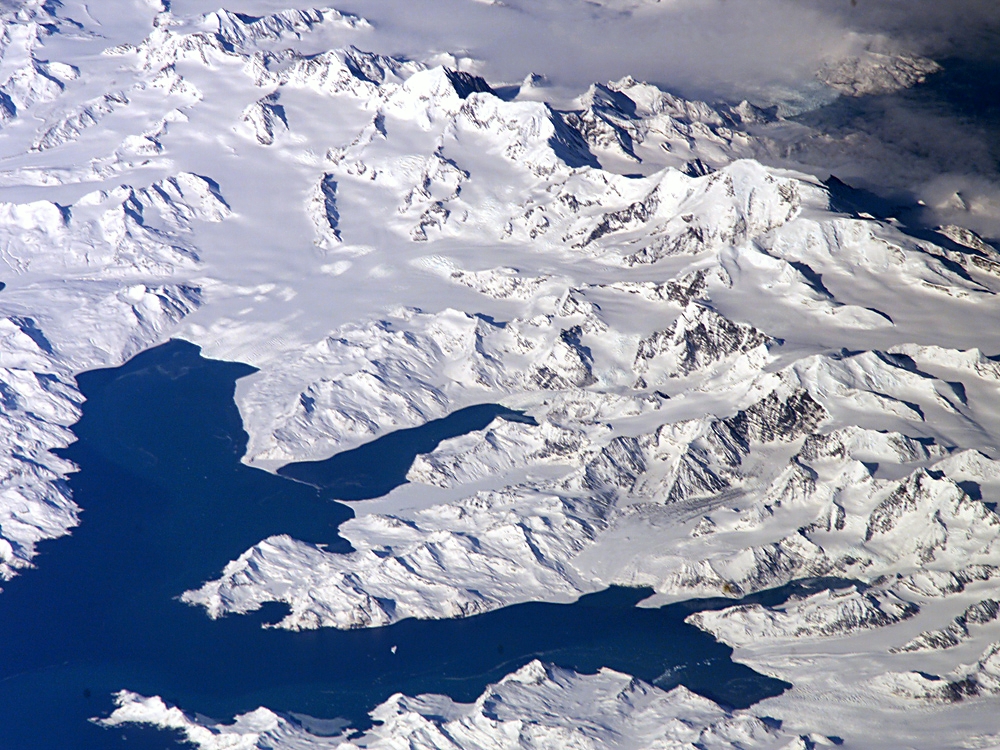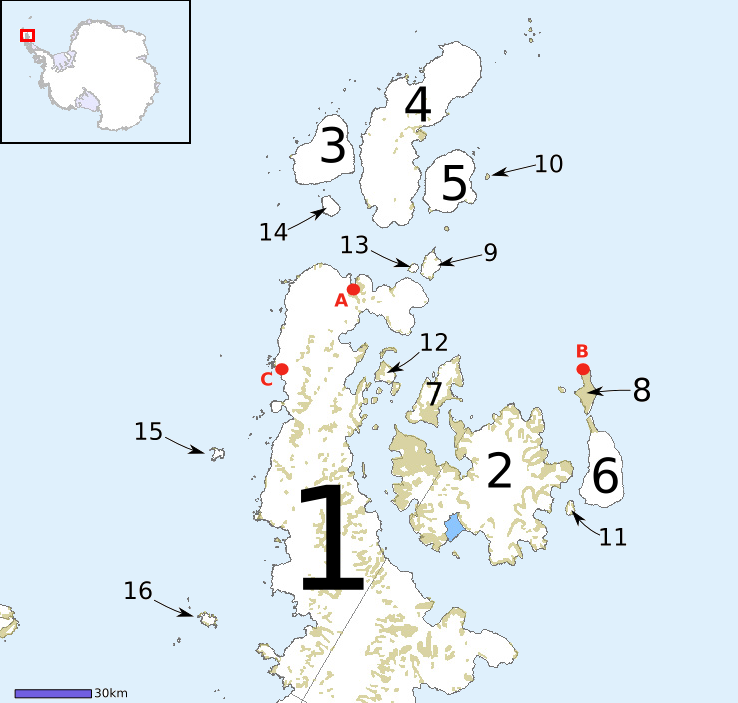|
Lyell Glacier, South Georgia
Lyell Glacier () is a glacier flowing in a northerly direction to Harpon Bay at the southeast head of Cumberland West Bay, South Georgia. It was mapped by the Swedish Antarctic Expedition, 1901–04, under Otto Nordenskjöld, who named it for Sir Charles Lyell, an eminent British geologist. See also * List of glaciers in the Antarctic * Glaciology Glaciology (; ) is the scientific study of glaciers, or, more generally, ice and natural phenomena that involve ice. Glaciology is an interdisciplinary Earth science that integrates geophysics, geology, physical geography, geomorphology, clim ... References Glaciers of South Georgia {{SouthGeorgia-glacier-stub ... [...More Info...] [...Related Items...] OR: [Wikipedia] [Google] [Baidu] |
South Georgia Island
South Georgia is an island in the Atlantic Ocean, South Atlantic Ocean that is part of the British Overseas Territories, British Overseas Territory of South Georgia and the South Sandwich Islands. It lies around east of the Falkland Islands. Stretching in the east–west direction, South Georgia is around long and has a maximum width of . The terrain is mountainous, with the central ridge rising to at Mount Paget. The northern coast is indented with numerous bays and fjords, serving as harbor, harbours. Discovered by Europeans in 1675, South Georgia had no indigenous population due to its harsh climate and remoteness. Captain James Cook in made the first landing, survey and mapping of the island. On 17 January 1775, Cook claimed it a British possession, naming it "Isle of Georgia" after George III, King George III. Through its history of South Georgia and the South Sandwich Islands, history, it served as a whaling and seal hunting base, with intermittent population scattere ... [...More Info...] [...Related Items...] OR: [Wikipedia] [Google] [Baidu] |
Cumberland West Bay
Cumberland West Bay is a bay forming the western arm of Cumberland Bay, South Georgia. It is entered southward of Larsen Point, where it is wide and extends in a southwest direction. It is separated from Cumberland East Bay by Thatcher Peninsula. Papua Beach is situated on its southeast shore. This feature was first surveyed by the Swedish Antarctic Expedition, 1901–04, who named it "West Bay". It was remapped during 1926–29 by Discovery Investigations (DI) personnel and renamed "West Cumberland Bay". The shortened form West Bay was simultaneously used. Following the South Georgia Survey, 1951–52, the UK Antarctic Place-Names Committee proposed altering the name to Cumberland West Bay and rejecting all other names. This change brings together information about the whole of Cumberland Bay together in indexes. Named features Cumberland West Bay has a complex coastline, many of whose features have been charted and individually named. They are described here begin ... [...More Info...] [...Related Items...] OR: [Wikipedia] [Google] [Baidu] |
Glacier
A glacier (; or ) is a persistent body of dense ice, a form of rock, that is constantly moving downhill under its own weight. A glacier forms where the accumulation of snow exceeds its ablation over many years, often centuries. It acquires distinguishing features, such as crevasses and seracs, as it slowly flows and deforms under stresses induced by its weight. As it moves, it abrades rock and debris from its substrate to create landforms such as cirques, moraines, or fjords. Although a glacier may flow into a body of water, it forms only on land“Glacier, N., Pronunciation.” Oxford English Dictionary, Oxford UP, June 2024, https://doi.org/10.1093/OED/7553486115. Accessed 25 Jan. 2025. and is distinct from the much thinner sea ice and lake ice that form on the surface of bodies of water. On Earth, 99% of glacial ice is contained within vast ice sheets (also known as "continental glaciers") in the polar regions, but glaciers may be found in mountain ranges on ever ... [...More Info...] [...Related Items...] OR: [Wikipedia] [Google] [Baidu] |
Harpon Bay
Cumberland West Bay is a bay forming the western arm of Cumberland Bay, South Georgia. It is entered southward of Larsen Point, where it is wide and extends in a southwest direction. It is separated from Cumberland East Bay by Thatcher Peninsula. Papua Beach is situated on its southeast shore. This feature was first surveyed by the Swedish Antarctic Expedition, 1901–04, who named it "West Bay". It was remapped during 1926–29 by Discovery Investigations (DI) personnel and renamed "West Cumberland Bay". The shortened form West Bay was simultaneously used. Following the South Georgia Survey, 1951–52, the UK Antarctic Place-Names Committee proposed altering the name to Cumberland West Bay and rejecting all other names. This change brings together information about the whole of Cumberland Bay together in indexes. Named features Cumberland West Bay has a complex coastline, many of whose features have been charted and individually named. They are described here beginning ... [...More Info...] [...Related Items...] OR: [Wikipedia] [Google] [Baidu] |
Swedish Antarctic Expedition
The Swedish Antarctic Expedition of 1901–1903 was a scientific expedition led by Otto Nordenskjöld and Carl Anton Larsen. It was the first Swedish endeavour to Antarctica in the Heroic Age of Antarctic Exploration. Background Otto Nordenskjöld, a Swedish geologist and geographer, organized and led a scientific expedition of the Antarctic Peninsula. The expedition's overall command was placed under the Norwegian Carl Anton Larsen, an experienced Antarctic explorer who served as captain of , and who had previously commanded a whaling reconnaissance mission in 1892–1893. Seven other scientists, including archaeologist Johan Gunnar Andersson, botanist Carl Skottsberg, and zoologist Axel Ohlin, along with 16 officers and men joined them on the voyage. On 16 October 1901, the ''Antarctic'' left the Port of Gothenburg. Events Despite its end and the great hardships endured, the expedition would be considered a scientific success, with the parties having explored mu ... [...More Info...] [...Related Items...] OR: [Wikipedia] [Google] [Baidu] |
Otto Nordenskjöld
Nils Otto Gustaf Nordenskjöld (6 December 1869 – 2 June 1928) was a Swedish geologist, geographer, and polar explorer. Early life Nordenskjöld was born in Hässleby in Småland in eastern Sweden, in a family that included his maternal uncle, the polar explorer Adolf Erik Nordenskiöld, and cousin Gustaf Nordenskiöld. His father and mother were cousins, but his father's family name was "Nordenskjöld", while his mother's family name was spelled "Nordenskiöld". He studied at Uppsala University, obtaining a doctorate in geology in 1894, and later became a lecturer and then associate professor in the university's geology department. Career Otto Nordenskjöld led mineralogical expeditions to Patagonia in the 1890s, and to Alaska and the Klondike area in 1898. Antarctic Expedition Nordenskjöld led the 1901–1904 Swedish Antarctic Expedition. Their ship ''Antarctic'', commanded by the seasoned Antarctic sailor Carl Anton Larsen, visited Buenos Aires and the Falkla ... [...More Info...] [...Related Items...] OR: [Wikipedia] [Google] [Baidu] |
Sir Charles Lyell
Sir Charles Lyell, 1st Baronet, (14 November 1797 – 22 February 1875) was a Scottish geologist who demonstrated the power of known natural causes in explaining the earth's history. He is best known today for his association with Charles Darwin and as the author of ''Principles of Geology'' (1830–33), which presented to a wide public audience the idea that the earth was shaped by the same natural processes still in operation today, operating at similar intensities. The philosopher William Whewell dubbed this gradualistic view "uniformitarianism" and contrasted it with catastrophism, which had been championed by Georges Cuvier and was better accepted in Europe. The combination of evidence and eloquence in ''Principles'' convinced a wide range of readers of the significance of " deep time" for understanding the earth and environment. Lyell's scientific contributions included a pioneering explanation of climate change, in which shifting boundaries between oceans and conti ... [...More Info...] [...Related Items...] OR: [Wikipedia] [Google] [Baidu] |
List Of Glaciers In The Antarctic
There are many glaciers in the Antarctic. This set of lists does not include ice sheets, ice caps or ice fields, such as the Antarctic ice sheet, but includes glacial features that are defined by their flow, rather than general bodies of ice. The lists include outlet glaciers, valley glaciers, cirque glaciers, tidewater glaciers and ice streams. Ice streams are a type of glacier and many of them have "glacier" in their name, e.g. Pine Island Glacier. Ice shelves are listed separately in the List of Antarctic ice shelves. For the purposes of these lists, the Antarctic is defined as any latitude further south than 60° (the continental limit according to the Antarctic Treaty System). List by letters * List of glaciers in the Antarctic: A–H * List of glaciers in the Antarctic: I–Z Lists by regions * List of glaciers of Adélie Land * List of glaciers of Bouvet Island * List of glaciers of Coats Land * List of glaciers of Ellsworth Land * List of glaci ... [...More Info...] [...Related Items...] OR: [Wikipedia] [Google] [Baidu] |
Glaciology
Glaciology (; ) is the scientific study of glaciers, or, more generally, ice and natural phenomena that involve ice. Glaciology is an interdisciplinary Earth science that integrates geophysics, geology, physical geography, geomorphology, climatology, meteorology, hydrology, biology, and ecology. The impact of glaciers on people includes the fields of human geography and anthropology. The discoveries of water ice on the Moon, Mars, Europa (moon), Europa and Pluto add an extraterrestrial component to the field, which is referred to as "astroglaciology". Overview A glacier is a persistent body of dense ice, a form of rock) formed from snow falling and accumulating over a long period of time; glaciers move very slowly, either descending from high mountains, as in valley glaciers, or moving outward from centers of accumulation, as in continental glaciers. Areas of study within glaciology include glacial history and the reconstruction of past glaciation. A glaciologist is a person ... [...More Info...] [...Related Items...] OR: [Wikipedia] [Google] [Baidu] |




